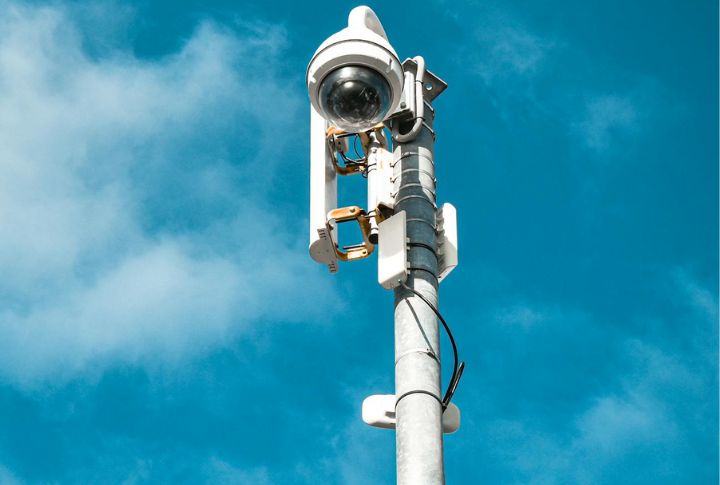
Most people install cameras for safety but don’t realize there may be downsides to it. Hackers break into home cameras more often than you’d think, and they don’t need to be tech experts to do it, either. Fortunately, simple updates and smart habits can keep your feed private. Let’s look at some things that matter.
Hackers Exploit Weak Passwords First
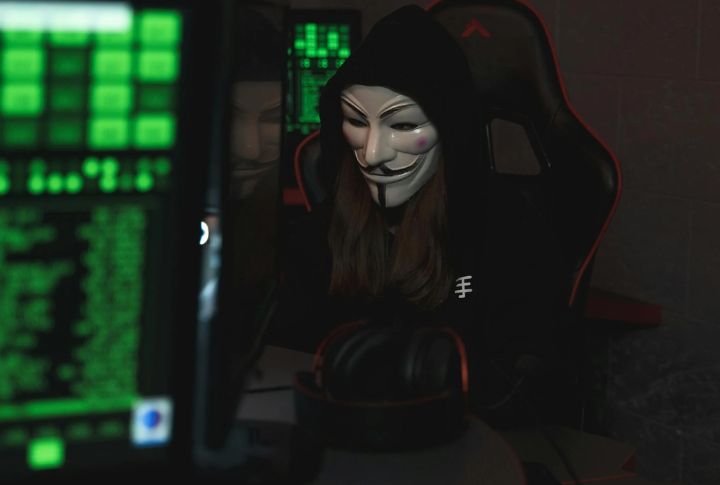
Default passwords are the easiest way in. You’re exposed if your camera still uses the password it came with. Always change it during setup. Use a long, unique password and avoid repeating passwords across accounts, as that’s how attackers connect the dots and gain full access to your system.
Public Wi-Fi Leaves You Wide Open
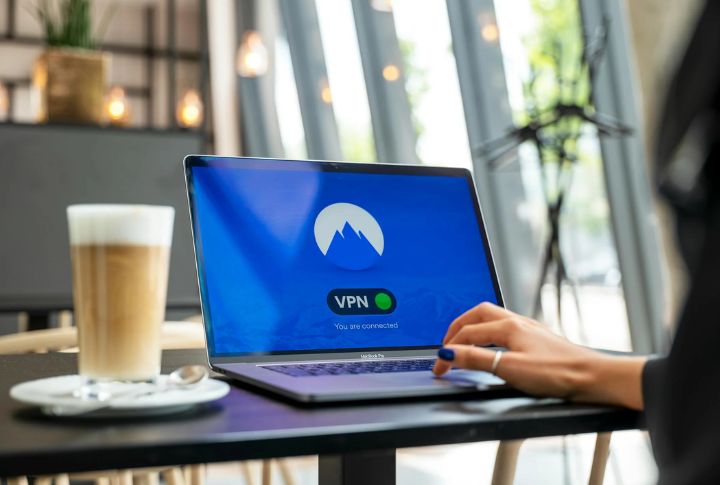
Checking your camera feed while on public Wi-Fi sounds convenient, but it’s risky. Unsecured networks allow bad actors to intercept your data. If you must log in on the go, use a VPN. That one step closes a major loophole.
Camera Brands Vary In Security Standards

Budget cameras often lack encryption or regular updates. Before you buy, check the brand’s reputation. Look for ongoing firmware support, as not all devices offer the same protection. Cheap cameras carry more risk, so paying a bit more upfront usually means fewer issues later.
Two-Factor Authentication Adds A Layer Of Defense
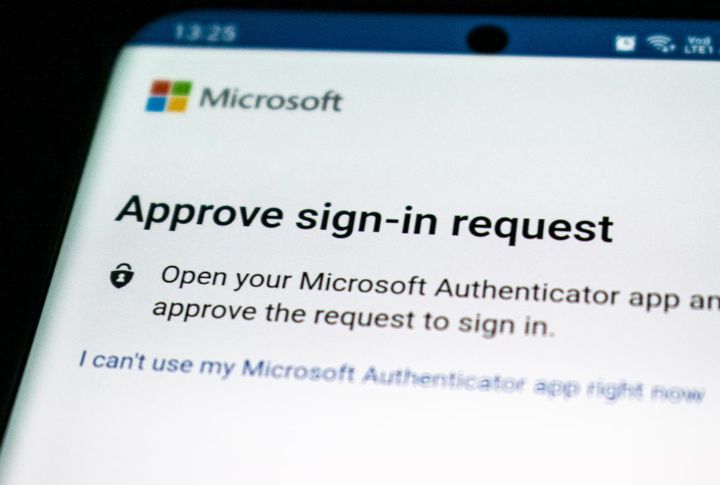
Even if someone gets your password, two-factor stops most attacks. Some camera brands support text verification or app codes. Turn that on immediately so you can get alerts for new login attempts. It’s an easy setting that keeps you in control of access.
Outdated Firmware Creates Backdoors
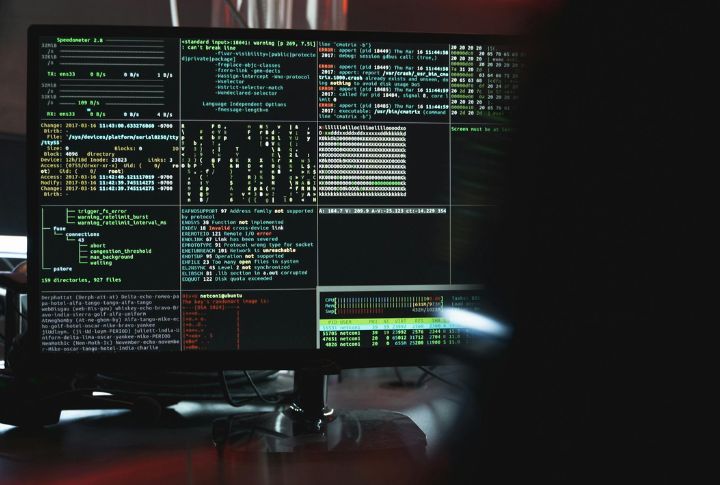
Manufacturers patch security flaws through firmware updates. But that patch might be missing if your camera hasn’t updated in a while. Enable auto-updates if the option exists. If not, check monthly because running old software makes it easy for hackers to break in unnoticed.
Private Feeds Should Stay Private

It may seem harmless, but broadcasting your live feed—even by accident—is a bad idea. Some people forget that certain cameras come with public sharing features turned on. Double-check your settings. When you want to share, send clips, not live streams.
Cloud Storage Can Be A Weak Point
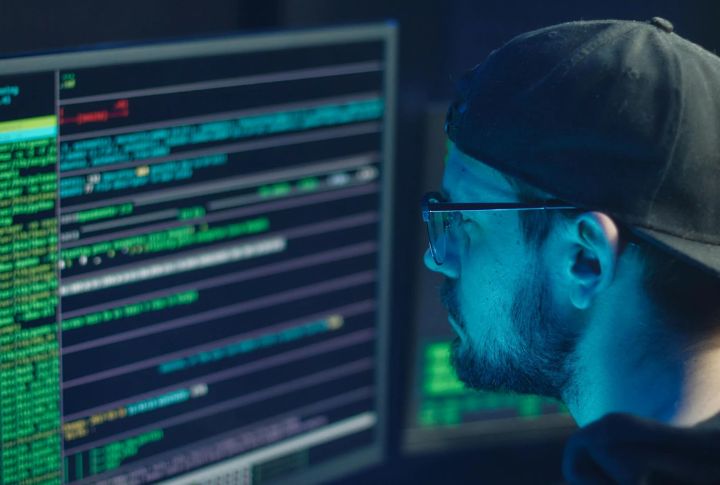
Storing footage in the cloud makes remote access easy but also exposes your data to potential breaches. If hackers compromise your cloud account, they could download sensitive recordings. Some services offer local storage as a safer option. Consider switching if security is your top concern.
Don’t Share Your Camera Feed With Too Many Apps
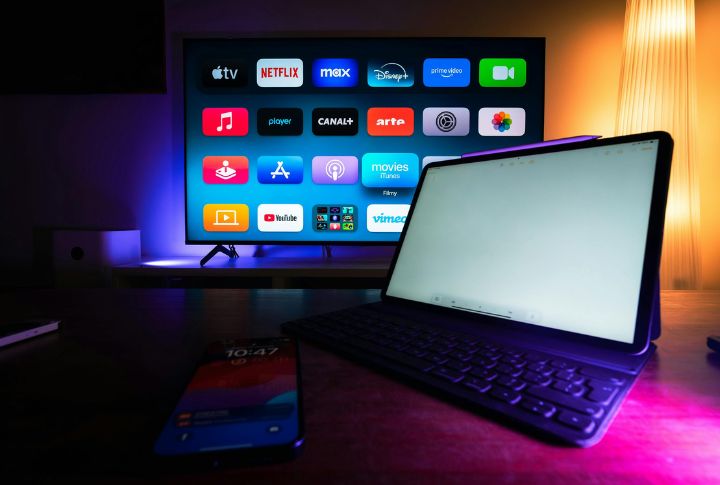
Linking your surveillance camera to other apps can cause trouble. Third-party apps can leak your login details without your knowledge, and each extra connection increases exposure. Only connect to trusted tools you actually use and remove access from anything you’ve stopped using.
Don’t Rely Only On Your Camera’s Settings
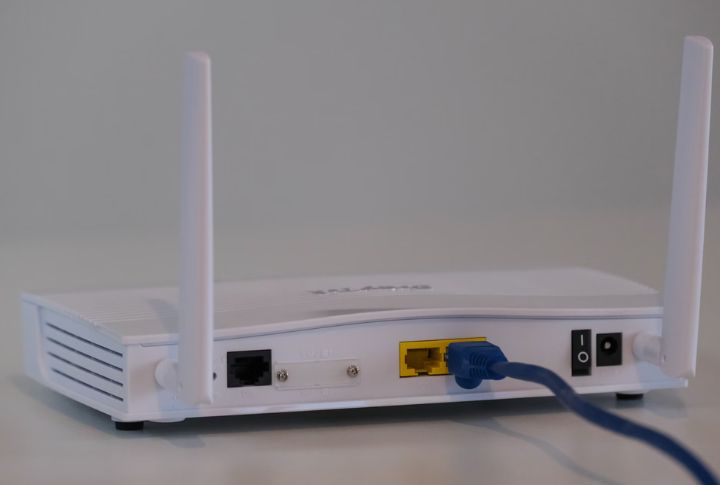
Even locked-down cameras need help, so set up your home Wi-Fi router with security in mind. Change the default network name, enable WPA3 encryption if available, and limit device access. Your rout
Check For Breaches Regularly
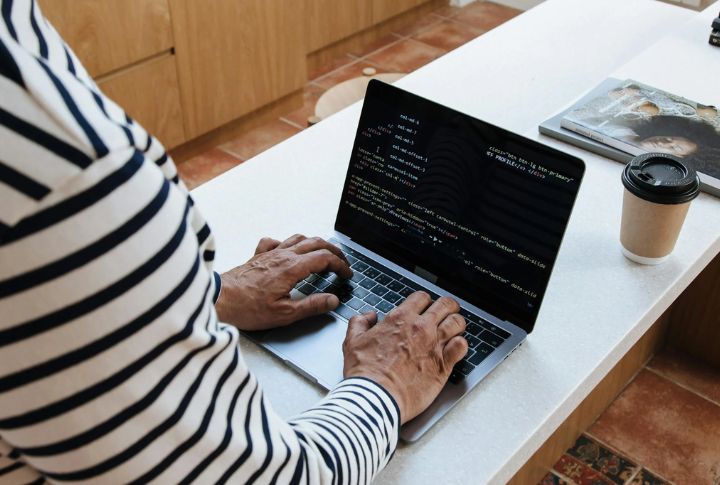
You won’t always know if someone accessed your camera without permission. That’s why it helps to check often. Look out for odd sounds and take note of unknown login activity. If you spot footage you didn’t record, dig deeper. Switch up your password and call support fast.

